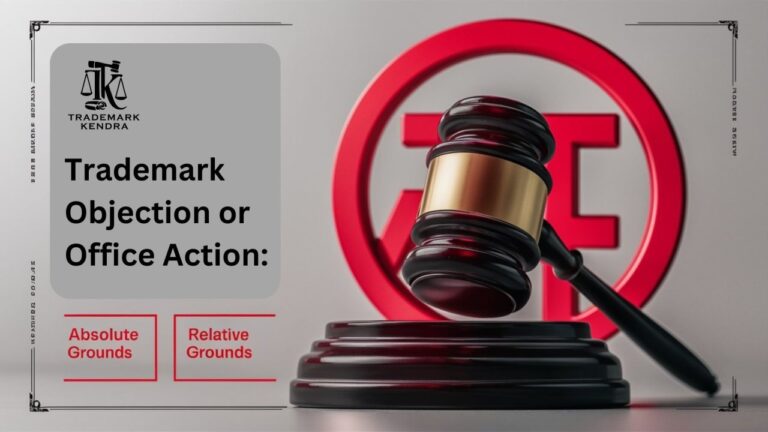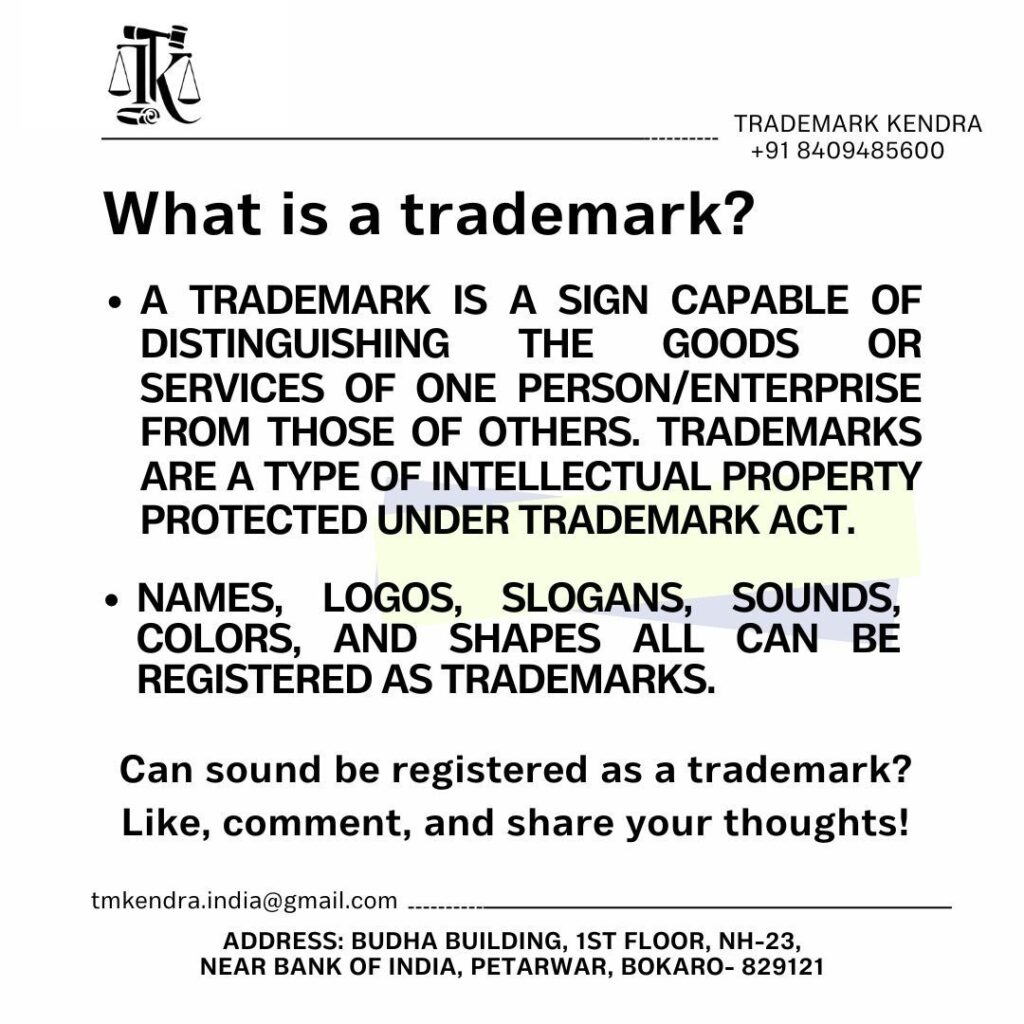Trademark registration is a crucial step for businesses to protect their brand identity. However, the process isn’t always smooth; trademark applications can face objections. Trademark objections can arise for various reasons, broadly categorized into “Absolute Grounds” and “Relative Grounds”. Additionally, the trademark registry may raise objections through office actions for issues such as incorrect address requirements, deficiencies in fees, correspondence problems, or the need for clarification or description of the mark. Understanding these grounds and potential objections is essential for effectively addressing them and securing trademark protection.
Absolute Grounds for Trademark Objection
Absolute grounds for objection pertain to the inherent characteristics of the trademark itself, irrespective of any existing trademarks. These grounds focus on whether the trademark is eligible for protection under trademark law.
- Lack of Distinctiveness
A trademark must be distinctive, meaning it should be capable of distinguishing the goods or services of one entity from those of others. Marks that are too generic or descriptive, such as “Fresh Apples” for a fruit store, lack distinctiveness and are likely to face objections. - Descriptive Marks
Marks that merely describe the nature, quality, or geographical origin of the goods or services cannot be registered. For instance, the term “Sweet” for a candy brand would be considered descriptive and thus objectionable. - Deceptive Marks
A trademark that is likely to deceive or mislead consumers about the nature, quality, or geographical origin of the goods or services is objectionable. For example, “Silk Wool” for a product that contains no silk or wool would be deceptive. - Contrary to Public Policy or Morality
Marks that are offensive, scandalous, or contrary to public order and morality are not registrable. This includes trademarks containing profanity or symbols that could incite violence. - Customary in Current Language
Words or symbols that have become common in everyday language or trade practices cannot be trademarked. For instance, “Aspirin” is now a generic term for a type of medication and cannot be registered as a trademark.
Relative Grounds for Trademark Objection
Relative grounds for objection arise from the existence of earlier trademarks. These objections focus on conflicts with existing rights rather than the inherent qualities of the mark itself. - Likelihood of Confusion
If a proposed trademark is similar to an existing trademark and is likely to cause confusion among consumers regarding the origin of the goods or services, it will be objected to. For example, “McDowell’s” for a fast-food chain might be objected to due to its similarity to “McDonald’s”. - Identical Marks for Similar Goods/Services
A trademark that is identical to an existing trademark and is intended for similar goods or services will face objections. This ensures that consumers are not misled into thinking that the goods or services come from the same source. - Reputation of Earlier Trademark
If an existing trademark enjoys a substantial reputation, a new mark that takes unfair advantage of or is detrimental to the distinctive character or repute of the earlier mark will be objected to. For instance, a new brand named “Coca-Cool” for beverages could be seen as exploiting the reputation of “Coca-Cola”. - Associated Marks
Trademarks that are associated with a family of marks owned by one entity may face objections if they could dilute the distinctiveness or harm the reputation of the established family of marks.
Other Common Grounds for Office Actions
Apart from absolute and relative grounds, the trademark registry can raise objections through office actions for various procedural and formal deficiencies. These include: - Incorrect Address Requirements
Providing incorrect or incomplete address information can lead to objections. It is essential to ensure that all contact details are accurate and up to date. - Incomplete Trademark Application
Incomplete applications, such as missing information or documents, can lead to objections. It is important to ensure that the application is thoroughly and accurately completed before submission. - Clarification or Description of the Mark
The trademark office may request additional clarification or a more detailed description of the mark. Providing clear and comprehensive information can help address these objections.
Responding to Trademark Objections
Dealing with trademark objections can be daunting, but with the right approach, it is possible to overcome them and secure registration for your mark. If you are facing a trademark objection and want to learn how to address it effectively, leave a comment with the phrase “RESPONSE TO OFFICE ACTION.” I will provide detailed guidance on how to respond to these objections and help you get your trademark successfully registered.
Need help with trademark searches or registration? At TRADEMARK KENDRA, we specialize in comprehensive intellectual property legal services. Don’t forget, we offer FREE consultancy every Friday. Contact us today to secure your brand’s future!


